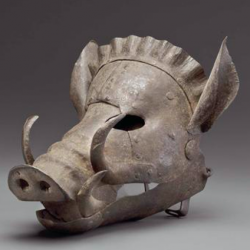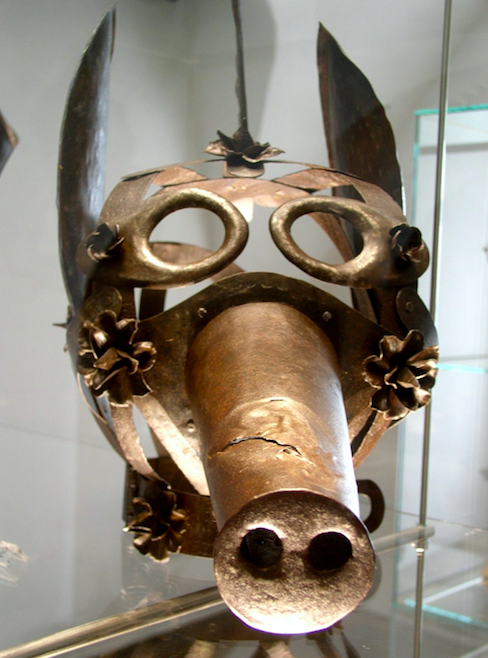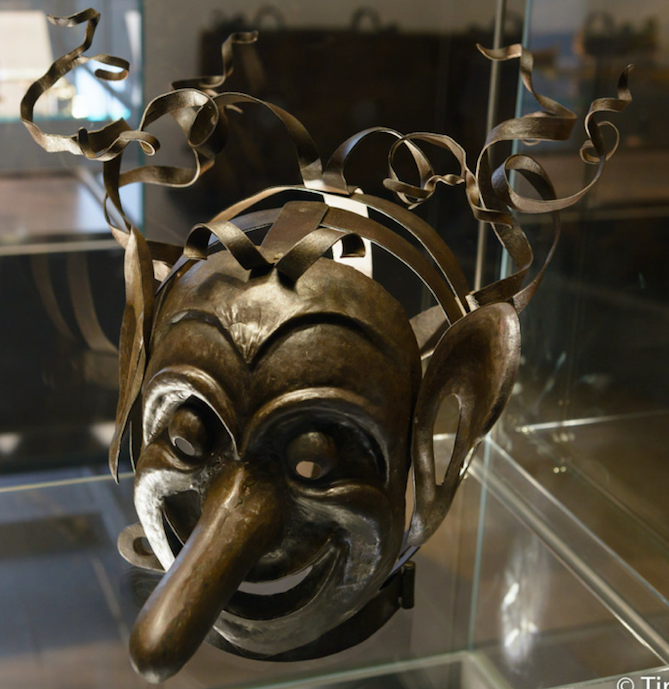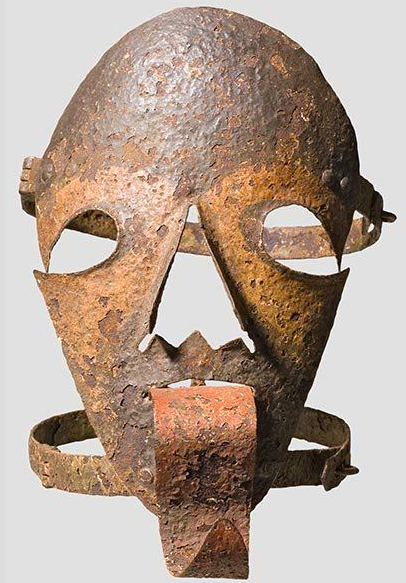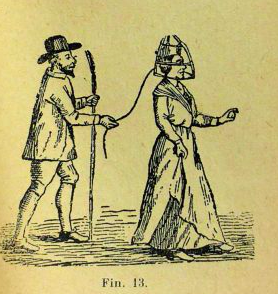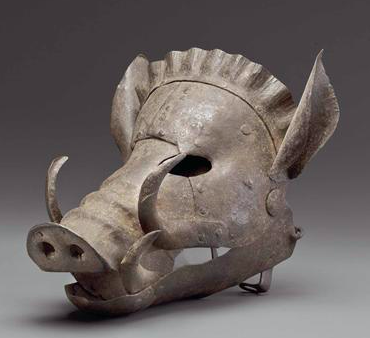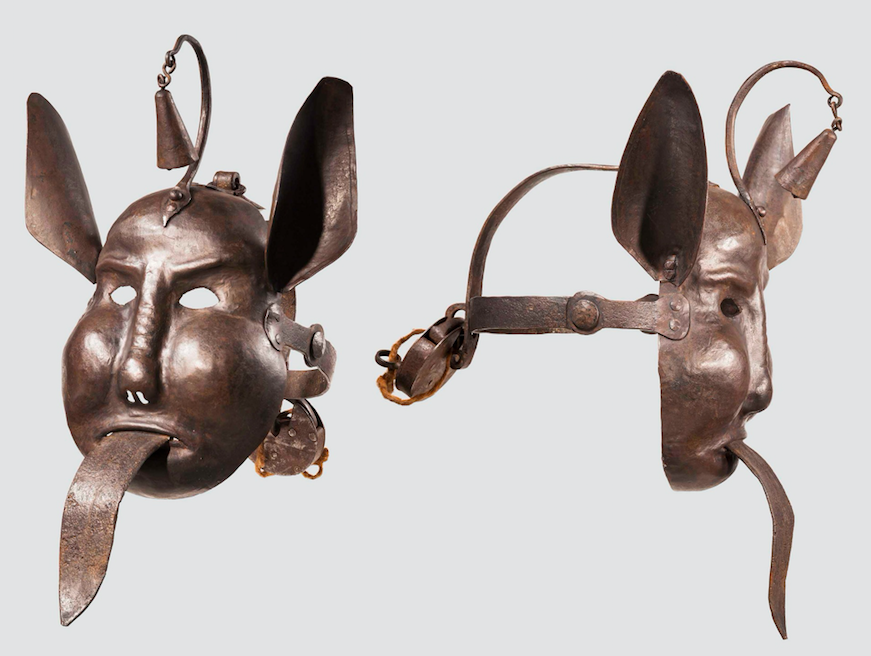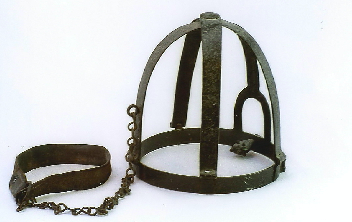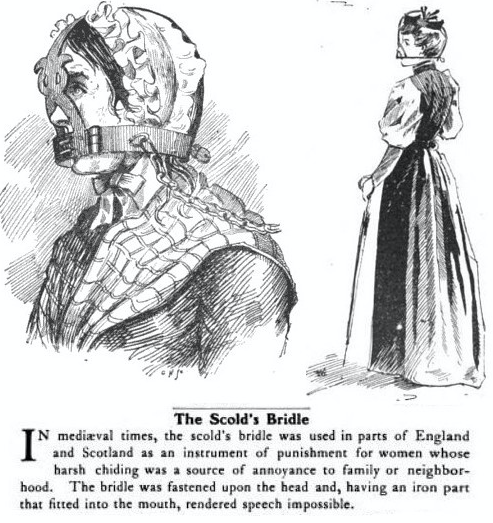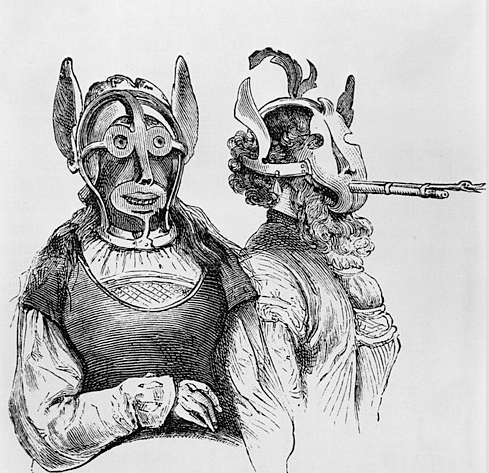By Christine Grace
In the late Middle Ages, civility and individual identity were based around the dichotomy of shame and honor. Laws throughout Europe were established in order to diminish the honor of the criminal. In Germany honor was a part of social capital, as it was customary belief that the entire community would suffer as the result of one person’s shameful actions. Individuals were born with a certain amount of honor based on the social class they were born into, as the natural hierarchy was determined by God himself. It was possible for individuals to lose honor by committing shameful acts such as crime or marrying someone of poor status. People feared shame because it meant that their honor would be ruined and life could not be lived normally without having honor. Even just by associating with shameful people by sitting at the same bar as them, an individual may diminish their honor. There were even laws in place that protected craftsmen from shame when they would build gallows, the more craftsmen there were on site the less shame would come to them. Laws provided that crime was punishable by increasing shame.
The Germans in the late middle ages believed that crime committed by one person would infect a whole community with shame. Therefore, punishing criminals was done so that damage to the community’s honor would be restored. Criminal punishment was not focused on reforming the criminal, but rather to deter other crimes by making an example out of the criminal. Punishments which decreased honor did so by increasing shame and had to be done publicly, as their success was based on the public’s reaction. It was expected that the public would gather at the pillory to take part in the punishment by throwing rotten vegetables at the criminal as a way of cleansing the community. Punishments were always public, as their success was determined by the reactions of onlookers. Shame is only effective when punishment is public.
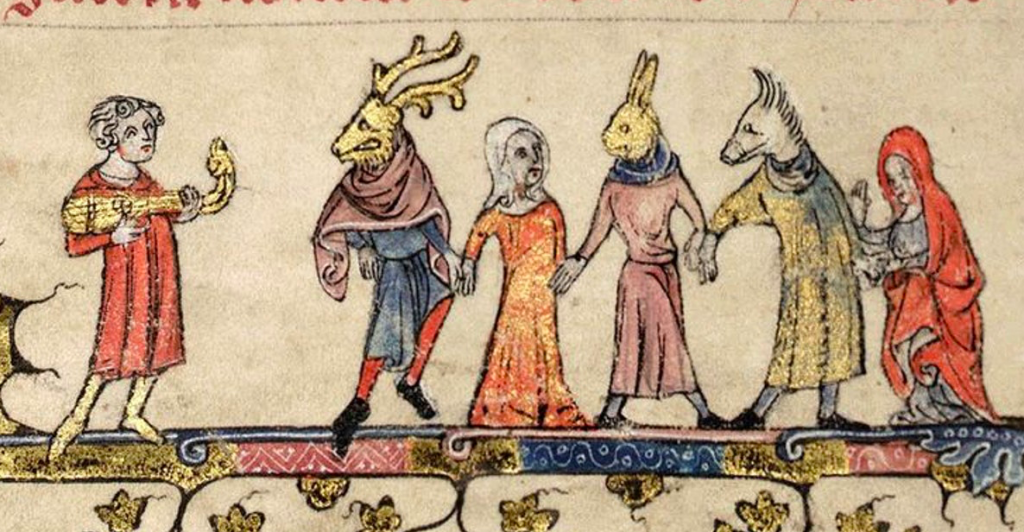
Punishments intended to dishonor the receiver were typically visual and used symbolism. The masks had mortifying designs such as donkey ears, a pig’s nose, or a freakishly long tongue. The mask might have an enormous nose to indicate the woman wearing it is nosy. Other masks had huge eyes, ears, or mouths to indicate the crime of the wearer was eavesdropping, spying, or spreading gossip. Generally, the masks were given as a punishment to talkative women. Some masks came with a chain attached so that the wearer could be led through the streets as a spectacle. The masks were often made of cold, unyielding metal that were heavy and uncomfortable.
Shame masks in Germany were called schandmaskes. They were used as a punishment throughout the middle ages up until the eighteenth century. Shame masks were nearly exclusive to women. The crimes they were designed to fit were gossiping and nosieness, crimes usually associated with women. Not only were the masks extremely uncomfortable, but they would even have a mouthpiece to add injury to insult. The iron mouthpiece pressed down on the top of the tongue and usually would have a spike or blade that would pierce or even lacerate the tongue, causing the person wearing it extreme pain if they moved their mouth to talk or eat. The mouthpieces of the masks would physically silence the wearer. Because the mouth piece placed pressure on the tongue, this would often lead to excessive drooling or mouth fatigue. The wearer would oftentimes be pushed into the stocks and made a town spectacle. In the stocks the wearer would be subjected to taunting, mocking, and rotten tomatoes. Some variations of these masks would make whistling noises when the whistler exhaled which added to the humiliation.
In England and Scotland during the same time period, the masks were called the Scold’s Bridle (or the Brank). They were used on people for the same crimes as the schandmaskes and even extended their purpose as punishment devices for being excessively rude, rash, or shrewd. The masks were most often used on women as a punishment in the form of public humiliation and torture, men were not subjected to the Scold’s Bridle nearly as often as women. The psychological trauma and physical pain of the Schandmaske and the Scold’s Bridle was used as a means to subjugate and control its victims so that they literally could not speak or share opinions. People were intimidated into submission by this device. Punishing and ridiculing criminals was the legal and systematic way of controlling people’s behavior, in most cases, the behavior of women.
The nature of the crime was always made clear by the Scold’s Bridle or the schandmaske, spectators could tell the reason for the punishment just by seeing the design of the mask. Although these devices were worn over the face and head, the identity of the wearer could not be hidden. Even in big cities everyone knew who it was under the mask. People either asked or were told who it was. Ironically, even though gossip was a punishable crime, it was acceptable as a way to spread information regarding who it was wearing the mask.
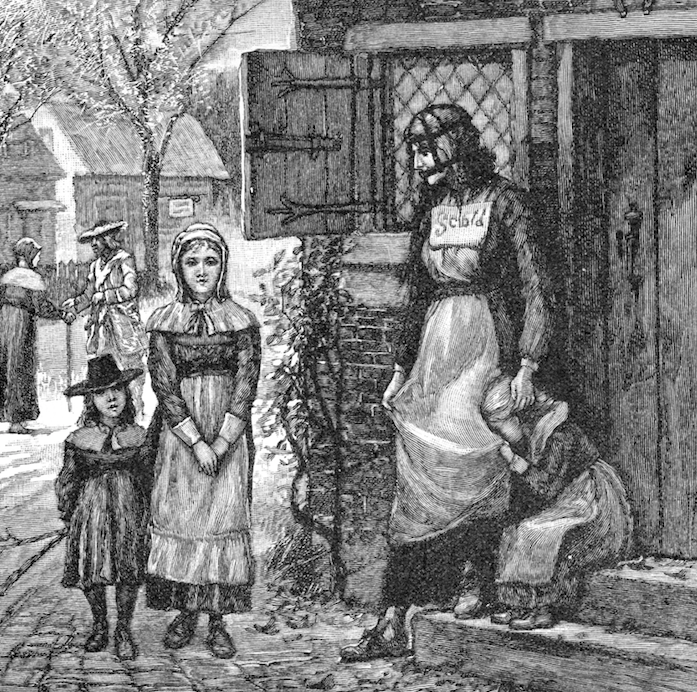
During the middle ages in Europe there was an increase in the anxiety and fear relating to the “unruliness” of women’s speech. Part of the reason for this was the circulation of texts thanks to the printing press. There was a lot more access to the written word which intensified fears of women speaking outside the boundaries of domesticity. Acceptable, moral, and honorable feminine behavior specifically discouraged reading printed texts. Despite this, the Middle Ages saw an explosion in women writers. Women’s speech was suppressed artistically and judicially at the same moment that the written word became widely accessible. At this point, the Christian-Judeo beliefs were widespread as the Catholic Church ruled over the legislative and punitive laws in most of Europe during the Middle Ages. With the circulation of the written word of God printed in the Bible, the popular notion regarding women’s speech was that women, as the descendants of Eve, need guidance in their speech because Eve lied to Adam which ultimately caused man to be expelled from the Garden of Eve. Hence, gossiping and evil speech were one of the greatest sins. The goal of these masks was to enforce cultural norms during the time in which they were used.
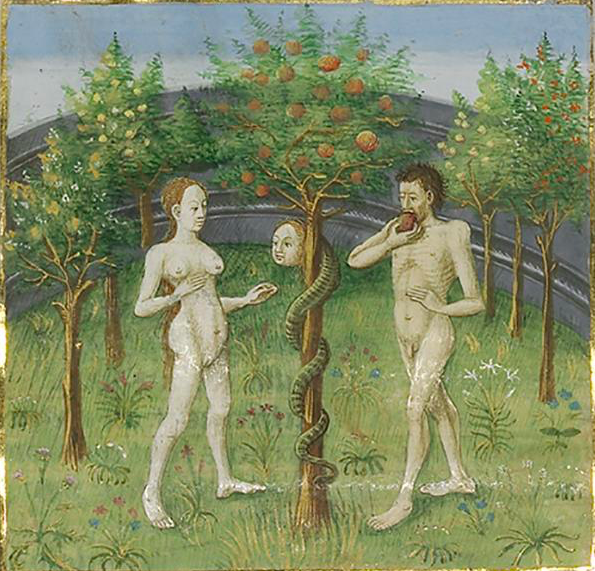
Under the doctrine of the clergy, corporate punishments were issued to criminal acts. The suffering of the body is fundamentally bonded to the Christian religion. During the Middle Ages, gossiping was akin to everyday life and social interaction. To have marks and scars from corporal punishments increased the shame, people with lasting defects received ongoing ridicule even after the punishment ended because onlookers can identify how such defects are possible. For instance, if the wearers of the schandmaske or the scold’s bridle were to speak and the device lacerated the tongue, that person would be marked by their punishment making their shame all the more impactful on their lives. Not only would the wearer’s speech be impeded, but they would also likely face being ostracized by the community and receive little to no protection. People marked by corporal punishments sometimes were banished entirely from the town. Corporal punishments were the worst for the poor. Because they already had little or no money, all they had was their honor which would be diminished severely increasing shame. Rich people were fortunate enough to sometimes be able to pay off their anti-social behavior instead of facing punishment.
Schandmasks and scold’s bridles were used as a means to control people’s behavior by intimidating them. Shame masks were intertwined with the idea that women’s speech in particular was problematic and in need of subjugation, as it was women’s speech that doomed humanity in Genesis. The masks were a solution to a contemporary affliction.
Bibliography
“Medieval Masks of Shame.” Museum of Artifacts, 1 Jan. 1970, https://museum-of-artifacts.blogspot.com/2017/02/medieval-masks-of-shame.html
“The Mask of Shame.” Torture Museum, torturemuseum.net/en/the-mask-of-shame/.
Lidman, Satu “Shame as a Means of Punishment.” Research Gate, January 2001, https://www.researchgate.net/profile/Satu-Lidman-2/publication/265283058_Shame_as_a_Means_of_Punishment/links/584dcd8408ae4bc8993310aa/Shame-as-a-Means-of-Punishment.pdfIdelson-Shein, Iris. “The Schandmaske, Silence, and Mame-Loshn.” In Geveb, 30 Aug. 1970, ingeveb.org/articles/the-schandmaske-silence-and-mame-loshn.
